Farmers in the Upper West Region have called for support in curbing post harvest losses (PHL), as they are challenged with many factors in harvesting, drying and storing of farm produce.
Osman Mahama, a farmer in Tabiehi a farming community in the Wa Municipal said, the major challenge that confronts them during this harvesting season are platforms and tapolens for drying their produces. He said they mostly dry their farm produce either on rocks or on the bare ground. This he said couses a lot of losses to them.
He further bemoaned the lack of government commitment to tackling the root causes of PHL. Adding that, the government One District One Warehouse is not for smallholder farmers like them, but for the well-to-do or Commercial farmer. “I can’t afford to fair my produce to God knows where the One District, One Warehouse is”.
Meanwhile in Kpaglahi in the Wa East District of the Upper West Region, Mohammed Yakubu cited bush burning as a major threat that pusheses farmers to early harvest, even when they are aware that the moisture content is still high.
He noted that, after harvesting, the biggest headache is where and how to dry the produce for storage. “I can’t quantify the amount of farm produce lost in the process but it’s a lot, even because of the early harvest some of the produce are not fully matured”.
Still in the Wa East District, a farmer in Gilan, Yahaya Musah said “Due to the prolonged rain this year, there is not enough sunshine or require space to dry my maize and the turn to germinate again. This is all because the moisture content in the maize is still high. You take them after spreading them, it starts to rain, you have to carry them back in and in the process some are left behind and some fall on the way but due to the hurried nature we do it, you won’t even realise it”.
On his part, Raymond Annkubo Mornah a farmer in Sankana, in the Nadowli /Kaleo District of the Upper West Region mentioned that almost all the already harvested crops are growing molds and decaying both at the farms and at home due to the long rainfall and spacious store rooms.
“For this reason, it is not easy to even get our produce from the farm to the house due to the terrible farm routes, unless you hire the services of a tractor to convey them from the farm but it is not easy to get a tractor at this time”.
They used the opportunity to appeal to the government and NGO’s to support them with appropriate technologies that can help curb the wastage in the system. They further charge the assemblies to enact bye laws to address the canker of bush burning in their various communities.
The Netherlands Development Organization (SNV) through it’s Voice for Change Partnership Program (V4C) has engaged a Civil Society Organization, Ghana Trade and livelihood Coalition (GTLC) to do evidence base advocacy to help reduce Post harvest loses in the Wa West District with support from International Food Policy and Research Institute (IFPRI). The V4C partnership program is focusing on PHL management and sustainable nutrition for all.
PHL is as a measurable tool in the quantitative and qualitative loss in a given crop. It occurs during the various phases of post harvest system. Ministry of Food and Agriculture (MoFA) estimates PHL across the country to the range of 10-20% in cereals and also 10-40% in vegetables including perishable fruits and roots.
However, the Savannah Agricultural Research Institute reports for PHL for northern Ghana estimated Maize to be from 1.5 – 15%, Sorghum 1.1 10%, Millet 1.5 -15%, Rice 0.5 – 5.5%, Cowpea 3.3 – 25%, Soybeans 0.5 – 5%, whereas farmers perception on PHL reflected 10 – 50% losses on tomatoes, 10 – 70% on Onions and 20 – 50% on yam.
By: Salifu Wononuo|myradiowaa.com

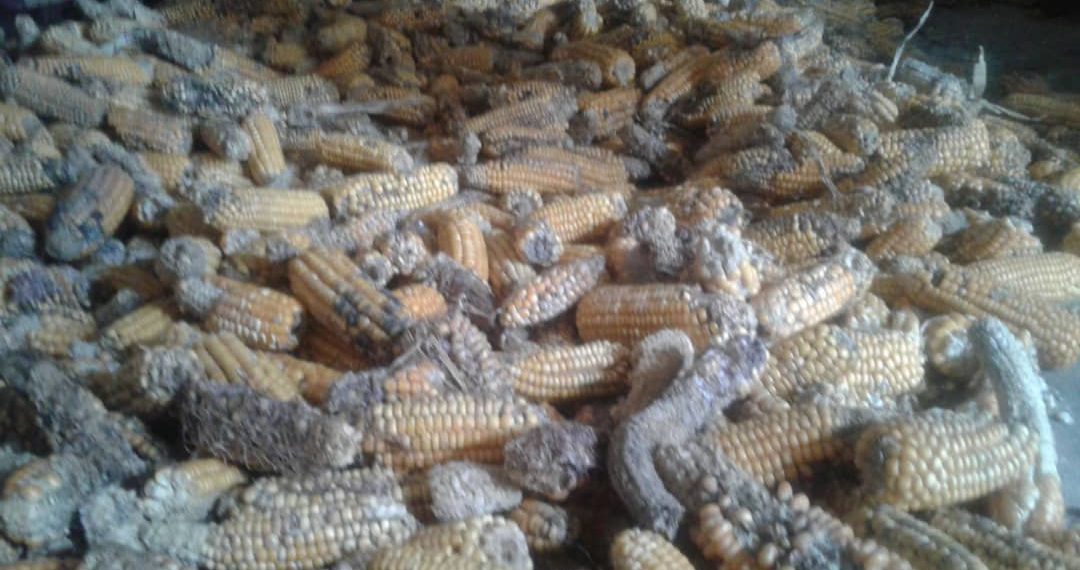

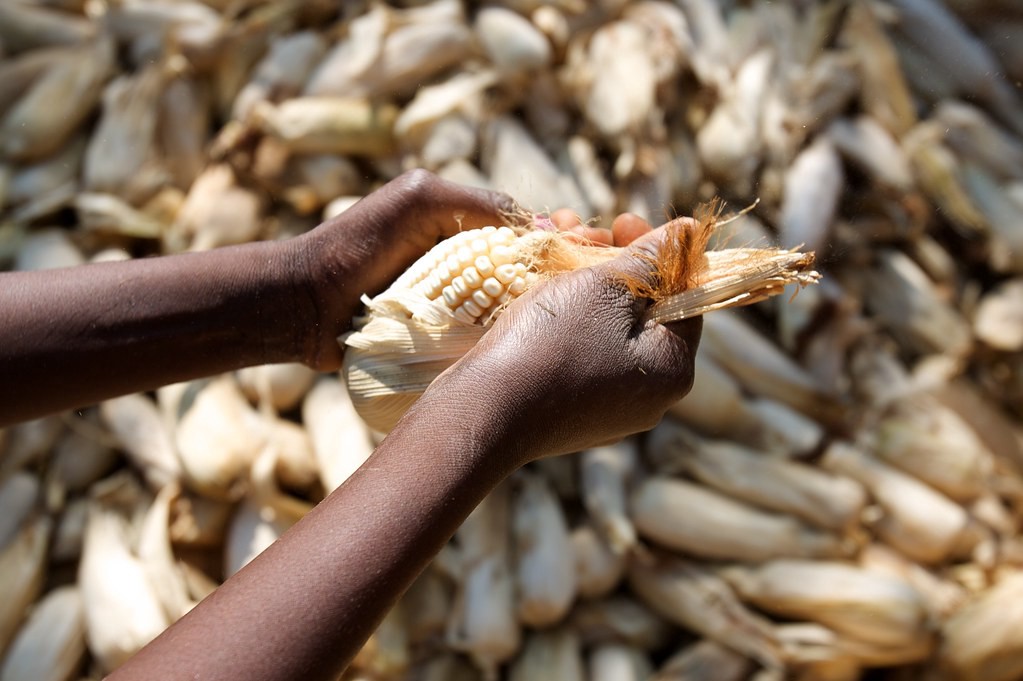
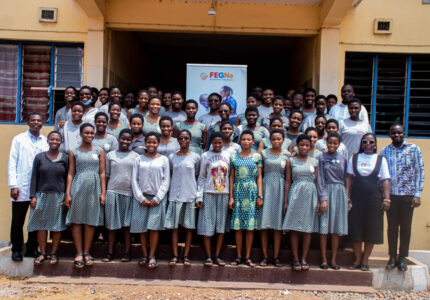
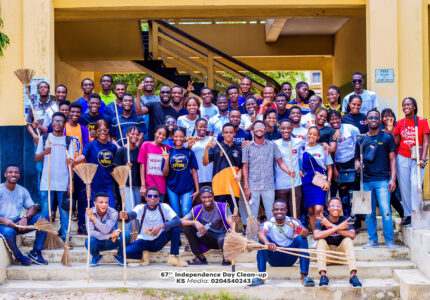
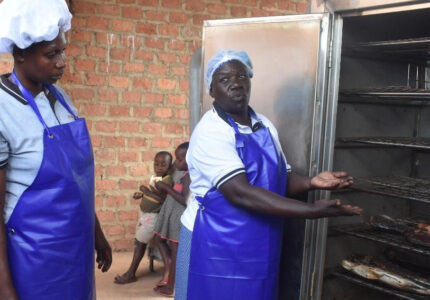
Inwassy
levitra pills online Given that 82 of enrollees had inadequate dietary intakes of calcium, the prudent clinician should do what it takes to make sure that all patients get the message to get enough dietary calcium and vitamin D